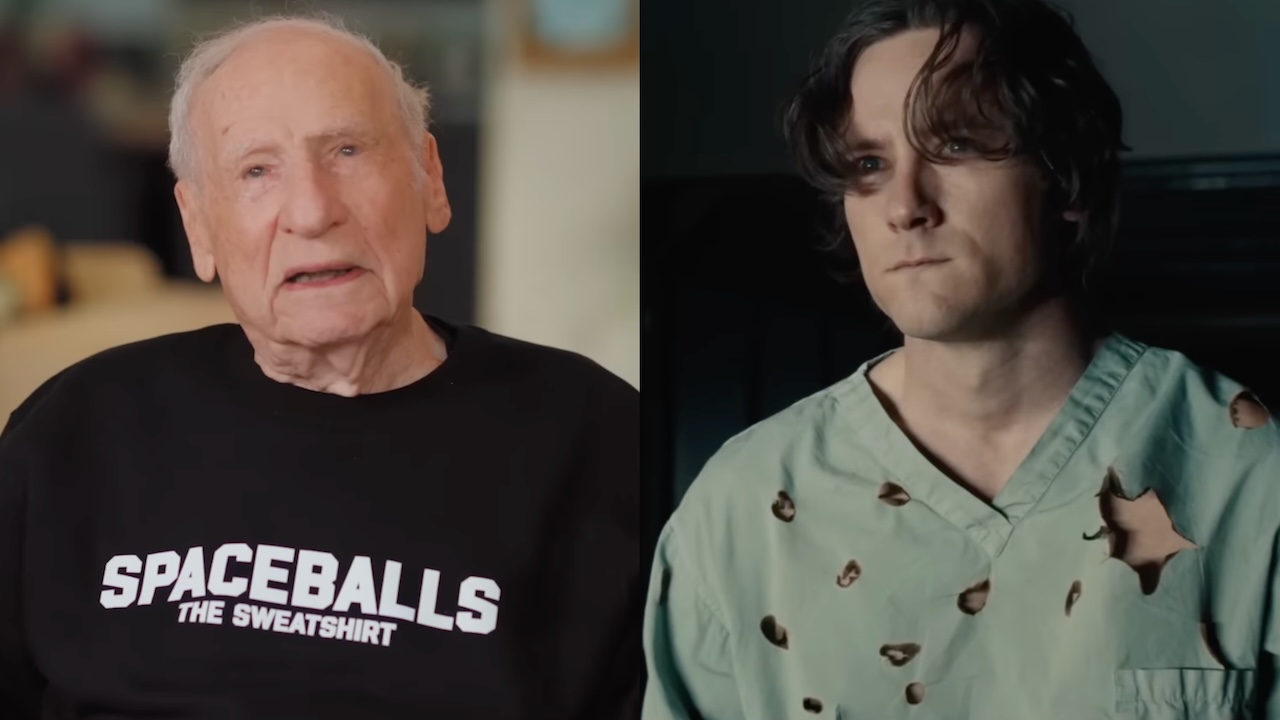I Wish Indiana Jones Got To Stay In Ancient Italy, But Dial Of Destiny's Director Tells Me Why They Decided Against It
What are your thoughts on the Dial of Destiny ending?
Earlier this year, Harrison Ford blew the dust off of his Indiana Jones fedora to play the famed archaeologist one last time in Indiana Jones and the Dial of Destiny. Director James Mangold slid into the director’s chair in place of Steven Spielberg, and sent Indy on a mission to assemble two halves of Archimedes’ dial, an instrument that can detect fissures in space-time and allow a person to travel through time. As part of the movie, which is available to watch right now with a Disney+ subscription, Indiana Jones (Ford) successfully passes through a fissure and ends up at the Siege in Syracuse in ancient Italy, circa 212 BC. It was, as we mentioned at the time, a huge swing. But I actually thought the movie was going to go one step further.
As the story plays out, Indy and his niece Helena (Phoebe Waller Bridge) vanquish the latest Nazi villain and get to meet Archimedes face to face. And Jones, in the moment, tells Helena he wants to stay. He’s living in the history he has studied his entire life. He doesn’t want to go back. Helena forces him to return to New York in the 1960s, however… an ending that didn’t sit so well with me. So during an exclusive conversation with James Mangold for the movie’s 4K and Blu-ray home video release, I asked him if there were any serious conversations about letting Indy stay in the past. And Mangold told CinemaBlend:
As writers, we faced it. But it would be… First of all, he would die in the past, away from his wife and anyone who knew and loved him. It seemed… in a sense it would be self destruction by obsession with the past? … I agree that he wanted to stay, but I don't think it was for my – and I know what Harrison (Ford) was playing. I think that part of the modern age that he found himself in, where a hero like Indiana Jones was no longer appreciated, and a professor like Professor Jones was no longer appreciated in the way that (he was) in the world that he had known coming up. Having lost a son, having his marriage in trouble, there was a natural attraction – as it would be for anyone – to just starting fresh somewhere, inviting and open without all the problems in your life that you have to somehow repair. And I think that's what he was playing, because he was dropped into a place that's intrinsically attractive to him, and absent of all the pain that he was experiencing in his own life at that point.
I love the time travel plot device that Indiana Jones and the Dial of Destiny takes. I agree wholeheartedly with Mangold when he says in interviews that it’s not that different from the endings of Raiders of the Lost Ark or The Last Crusade. And as stated, I would have been very happy if Dial of Destiny committed completely and left Indy in the past, where he thought he could have been happier. But I understand Mangold’s reasoning, and the tender scenes between Indy and Marion (Karen Allen) back in New York City are terrific bookends to this complete saga, which you can stream now if you want to revisit. Read our review of the movie first, then dive back in.
As the year draws to a close, we will be revisiting some of our favorite moments from the movies we loved. And asking questions like, “How did Mads Mikkelsen survive that devastating face smash in the beginning of Dial of Destiny?” The Lord works in mysterious ways.
Indiana Jones and the Dial of Destiny is currently available for purchase on 4K and Blu-ray, so make sure you add it to your Indy collection.
Your Daily Blend of Entertainment News

Sean O’Connell is a journalist and CinemaBlend’s Managing Editor. Having been with the site since 2011, Sean interviewed myriad directors, actors and producers, and created ReelBlend, which he proudly cohosts with Jake Hamilton and Kevin McCarthy. And he's the author of RELEASE THE SNYDER CUT, the Spider-Man history book WITH GREAT POWER, and an upcoming book about Bruce Willis.
